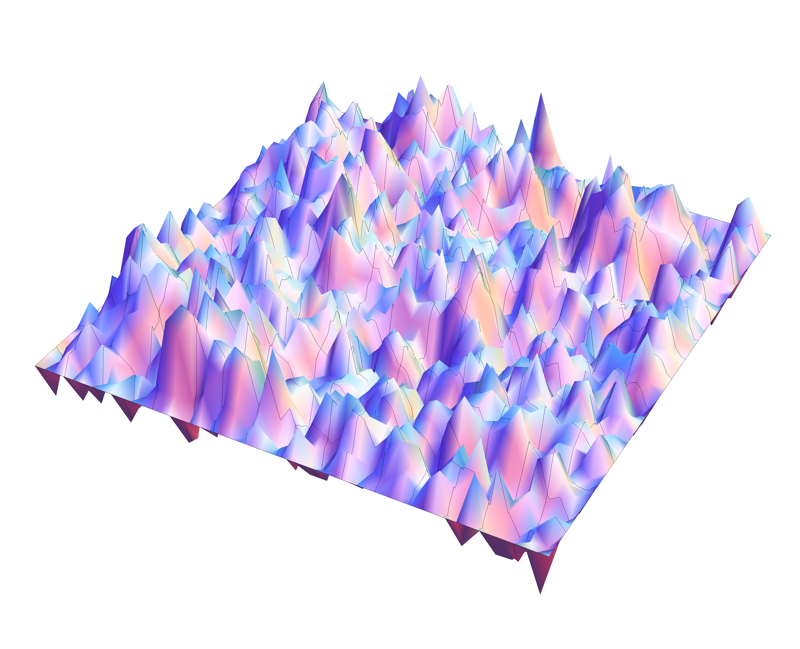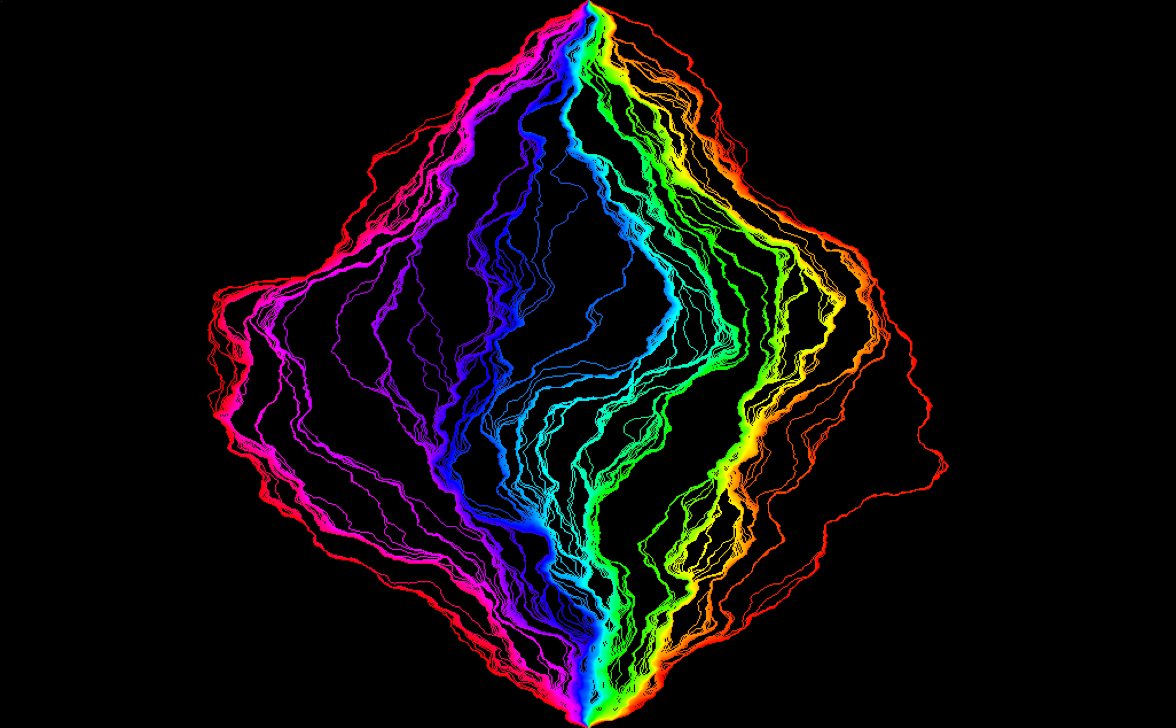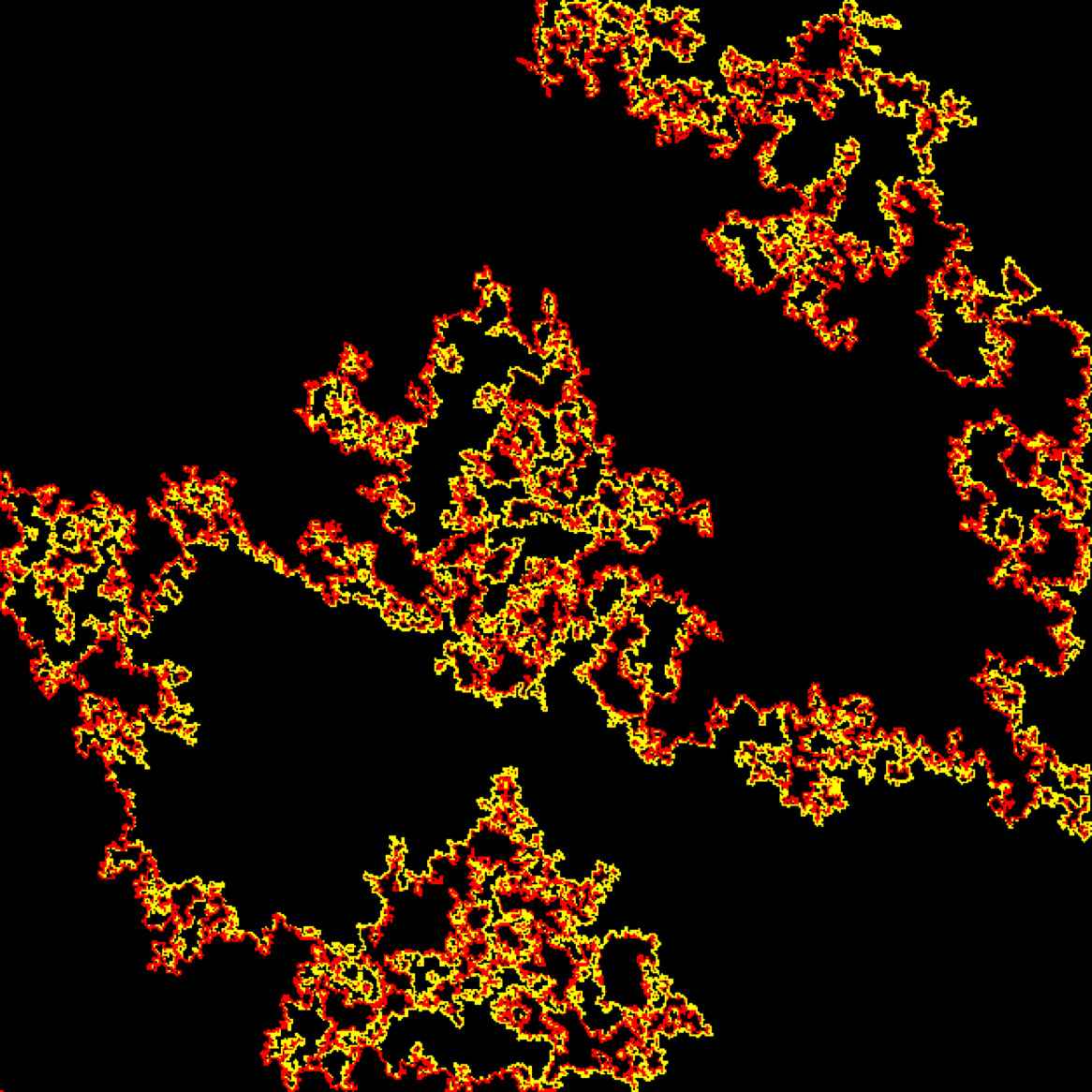





This course is centered around three different topics in probability (random planar maps, Liouville quantum gravity, and the Schramm-Loewner evolution) and how they are connected together.
A planar map is a planar graph together with an embedding into the plane (considered modulo orientation preserving homeomorphisms of the plane). The faces of a planar map are the components of the complement of the embedded graph. A map is said to be a quadrangulation if every face has exactly four adjacent edges (including the unbounded face). More generally, a map is said to be a p-angulation for p at least 3 if every face has exactly p adjacent edges. We can naturally identify a quadrangulation with a surface which is homeomorphic to the sphere by associating with each face in the map a Euclidean square; the squares associated with adjacent faces are glued together according to Lebesgue measure. The law of a quadrangulation with n faces sampled uniformly at random can thus be thought of as giving a natural probability measure on discrete surfaces which are homeomorphic to the sphere. These objects have a long history in several areas of math (combinatorics, probability, and statistical mechanics). The first part of this course will be focused on describing various properties of the large scale behavior of random quadrangulations and their continuum limit, the Brownian map, which is the canonical measure on random surfaces which are homeomorphic to a sphere.
LQG is the canonical model of a two-dimensional Riemannian surface and was introduced by Polyakov in the early 1980s. The starting point in the construction of LQG is the so-called Gaussian free field (GFF). The GFF is the two-time dimensional analog of Brownian motion. Just as the Brownian motion describes the scaling limit of many different types of random paths, the GFF describes the scaling limit of many different types of random surfaces. LQG is the "random surface" parameterized by a planar domain or the sphere which arises by starting with the Euclidean metric and then perturbing it with the conformal factor exp(gamma h(z)) where h is an instance of the GFF. Care is needed in making this construction mathematically precise because the GFF is a random variable which takes values in the space of generalized functions (i.e., distributions) and does not have values at specific points. In the second part of this course, we will go over the basic properties and the construction of the GFF, explain how to make sense of LQG surfaces, and derive some of their properties.
SLE is the canonical model of a conformally invariant non-crossing curve in a planar domain. It was introduced by Schramm in 1999 as a candidate for the scaling limit of loop-erased random walk and critical percolation. Over the last 15 years, the development of SLE has been one of the most exciting topics in probability theory. The reason for this is that SLE has been conjectured to describe the limiting interfaces in a number of discrete models from statistical physics and this has now been proved in several case. Moreover, SLE is closely connected to two-dimensional Brownian motion and this connection has been used in the works of Lawler, Schramm, and Werner to establish several famous conjectures about Brownian motion. In the final part of this course, we will give an introduction to SLE and explain how SLE is connected to the GFF, LQG, and can be used to understand the scaling limits of random planar maps.
Back to main page.